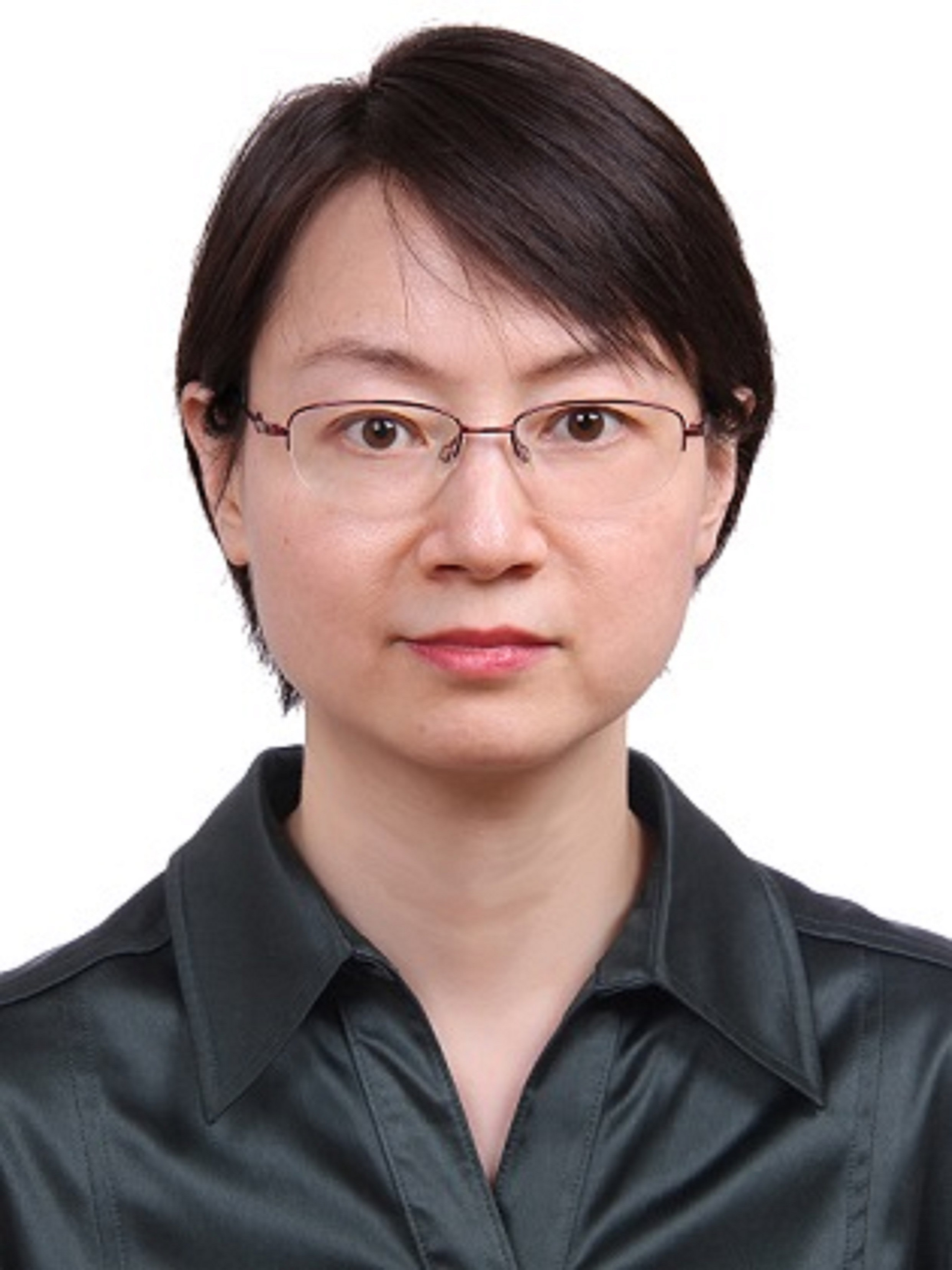 SHENG Li
SHENG Li
Dr. Sheng obtained her Ph.D. degree in pharmacology from Chinese Academy of Medical Sciences & Peking Union Medical College in 2007. She subsequently worked at the Institute of Materia Medica. In 2010, she worked at the Wadsworth Center in New York State Department as a visiting scholar. Her main areas of interest are study and application of key technology in early evaluation of small-molecule ADMET properties, preclinical pharmacokinetics of new drugs, the metabolism/transportation mechanism of innovative drugs and the prediction of clinical PK profile by PBPK/PD models.
Dr. Sheng is a member of the Drug Metabolism Committee of the Chinese Pharmacological Society. She has completed systematic ADME research for 5 INDs, four of which has been approved for clinical trial and another has completed phase I clinical trials. She has published over 30 scientific papers and book chapters. Li received the second prize of the Natural Science Department of the Ministry of Education.
1. Simultaneous determination of a novel PD-L1 inhibitor, IMMH-010, and its active metabolite, YPD-29B, in rat biological matrices by polarity-switching liquid chromatography-tandem mass spectrometry: application to ADME studies. Front Pharmacol. 2021;12:677120.
2. Metabolism and interspecies variation of IMMH-010, a programmed cell death ligand 1 inhibitor prodrug. Pharmaceutics. 2021;13(5):598.
3. Simultaneous determination of a novel oxazolidinone anti-tuberculosis OTB-658 and its metabolites in monkey blood by LC-MS/MS. J Chromatogr B Analyt Technol Biomed Life Sci. 2021;1167:122552.
4. Simultaneous determination of YZG-331 and its metabolites in monkey blood by liquid chromatography-tandem mass spectrometry. J Pharm Biomed Anal. 2021;193:113720.
5. Design and synthesis of indoleamine 2,3-dioxygenase 1 inhibitors and evaluation of their use as anti-tumor agents. Molecules. 2019;24(11):2124.
6. Metabolism of IMM-H004 and its pharmacokinetic-pharmacodynamic analysis in cerebral ischemia/reperfusion injured rats. Front Pharmacol. 2019;10:631.
7. Determination of IMM-H004 and its active glucuronide metabolite in rat plasma and Ringer's solution by ultra-performance liquid chromatography-tandem mass spectrometry. J Chromatogr B Analyt Technol Biomed Life Sci. 2018;1074-1075:16-24.
8. Metabolism of F18, a derivative of calanolide A, in human liver microsomes and cytosol. Front Pharmacol. 2017;8:479.
9. Interspecies variation of in vitro stability and metabolic diversity of YZG-331, a promising sedative-hypnotic compound. Front Pharmacol. 2017;8:527.
10. Protective effect of bicyclol on anti-tuberculosis drug induced liver injury in rats. Molecules. 2017;22(4):524.
11. Determination of IMM-H004, a novel neuroprotective agent, in rat plasma and brain tissue by liquid chromatography-tandem mass spectrometry. J Chromatogr B Analyt Technol Biomed Life Sci. 2017;1048:49-55.
12. Prediction of a therapeutic dose for buagafuran, a potent anxiolytic agent by physiologically based pharmacokinetic/pharmacodynamic modeling starting from pharmacokinetics in rats and human. Front Pharmacol. 2017;8:683.
13. Effects of P-glycoprotein on the intestine and blood-brain barrier transport of YZG-331, a promising sedative-hypnotic compound. Eur J Pharmacol. 2016;791:339-347.
14. 8-cyanobenzothiazinone analogs with potent antitubercular activity. Med Chem Res. 2021:1-10.
15. Discovery of new thieno[2,3-d]pyrimidine and thiazolo[5,4-d]pyrimidine derivatives as orally active phosphoinositide 3-kinase inhibitors. Bioorg Med Chem. 2021;29:115890.
16. Design, synthesis and biological evaluation of phenyl urea derivatives as IDO1 inhibitors. Molecules. 2020;25(6):1447.
17. Discovery of a conformationally constrained oxazolidinone with improved safety and efficacy profiles for the treatment of multidrug-resistant tuberculosis. J Med Chem. 2020;63(17):9316-9339.
18. Design, synthesis, and biological evaluation of novel 4H-chromen-4-one derivatives as antituberculosis agents against multidrug-resistant tuberculosis. Eur J Med Chem. 2020;189:112075.
19. The optimization of xanthine derivatives leading to HBK001 hydrochloride as a potent dual ligand targeting DPP-IV and GPR119. Eur J Med Chem. 2020;188:112017.
20. A novel orally active microtubule destabilizing agent S-40 targets the colchicine-binding site and shows potent antitumor activity. Cancer Lett. 2020;495:22-32.
21. Discovery and optimization of 2-amino-4-methylquinazoline derivatives as highly potent phosphatidylinositol 3-kinase inhibitors for cancer treatment. J Med Chem. 2018;61(14):6087-6109.
22. Discovery of new thienopyrimidine derivatives as potent and orally efficacious phosphoinositide 3-kinase inhibitors. Bioorg Med Chem. 2018;26(3):637-646.
23. Discovery of fluorine-sontaining benzoxazinyl-oxazolidinones for the treatment of multidrug resistant tuberculosis. ACS Med Chem Lett. 2017;8(5):533-537.
24. Total coumarins from hydrangea paniculata show renal protective effects in lipopolysaccharide-induced acute kidney injury via anti-inflammatory and antioxidant activities. Front Pharmacol. 2017;8:872.
1. Applied Molecular Pharmacology. Wang X. Chapter 13. ISBN: 9787567904118.
2. New technology and new method of pharmacology research. Chen X. Chapter 8. ISBN: 7811368757.
2015, Second Prize of Natural Science, Ministry of Education.
